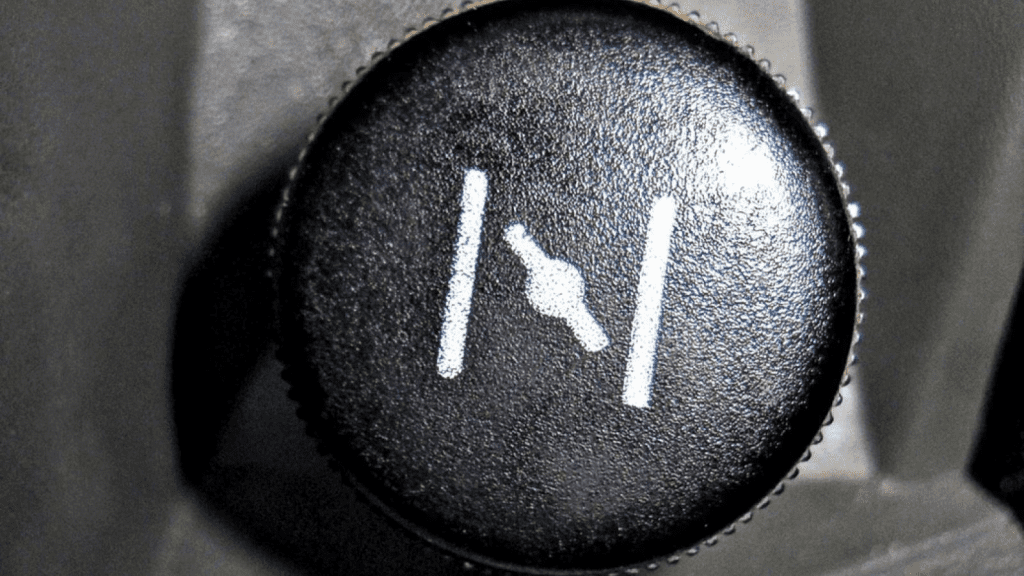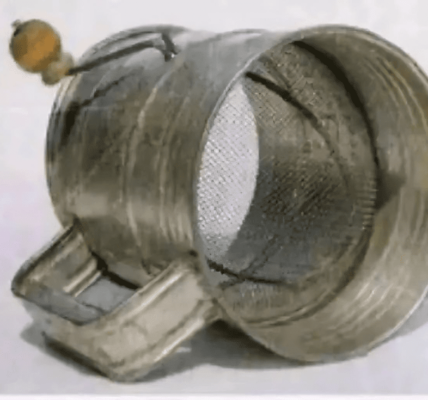The automotive world has evolved significantly over the decades, with technological advancements making our vehicles more efficient, reliable, and easier to operate. One such change is the elimination of the choke system—a once-essential component of older cars. If you’re a younger driver, the term “choke” might sound more like an action from a wrestling match than a car part. So, why did the choke system vanish from modern cars, and what has taken its place? Let’s explore the history and decline of the choke valve and why it’s no longer relevant in today’s vehicles.
Understanding the Choke System: An Essential Component of Older Cars
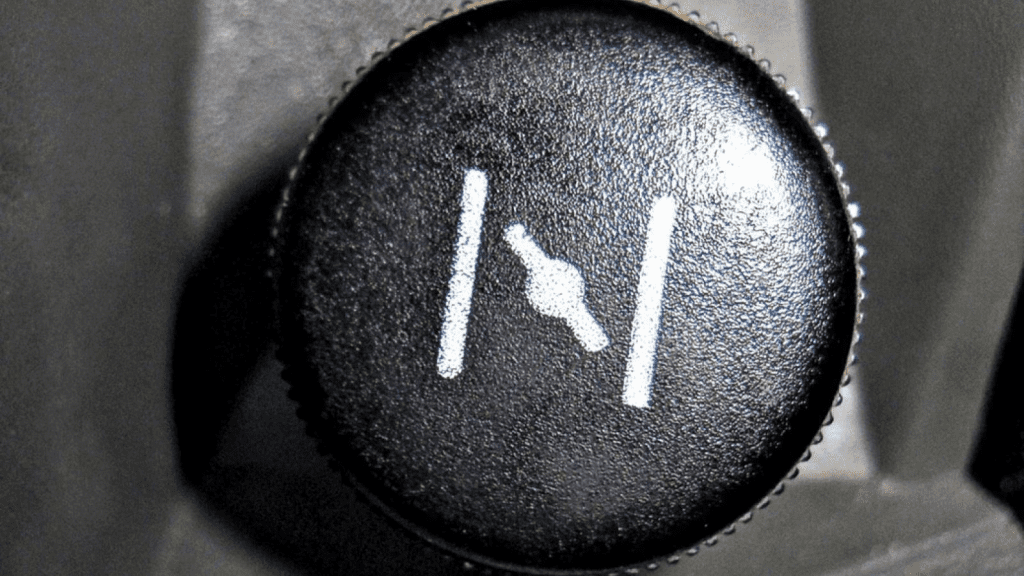
The choke system was a staple in older cars, primarily used to start the engine under cold conditions. This mechanical feature, typically found in carbureted engines, played a crucial role in regulating the air-fuel mixture needed for combustion.
What Exactly Is a Choke?
The choke was essentially a butterfly valve located in the carburetor, controlling the air intake. When the choke was engaged, it would restrict the amount of air entering the carburetor, making the fuel mixture “richer.” This richer mixture meant there was more fuel compared to air, making it easier to ignite, especially on cold starts.
How the Choke Worked
During a cold start, the driver would pull a lever on the dashboard to activate the choke. This manual operation would reduce the air supply in the carburetor, increasing the fuel density in the mixture. The added fuel content helped generate sufficient vapor, making it easier for the spark plugs to ignite the mixture in colder temperatures.
The Shift to Electronic Systems: The Beginning of the End for Choke Valves
The choke system’s manual operation and its limitations in precision control paved the way for electronic innovations. As vehicles evolved, so did their fuel systems, marking the decline of the choke system in modern cars.
The Rise of Electronically Managed Carburetors
The introduction of electronically managed carburetors was a significant advancement in automotive technology. These carburetors could automatically adjust the fuel-air mixture based on engine temperature, eliminating the need for drivers to manually operate the choke lever. It was a more convenient and efficient system that laid the groundwork for the next wave of innovation.
Electronic Fuel Injection: The Final Blow to the Choke System
Electronic Fuel Injection (EFI) systems emerged as the definitive replacement for carburetors. Unlike carburetors, EFI systems precisely control the fuel injection into the engine, adjusting the mixture based on real-time data from sensors. This level of precision made the manual choke completely obsolete, as the engine’s fuel needs were automatically adjusted for all conditions, including cold starts. EFI systems also improved engine performance, fuel efficiency, and emissions, making them the industry standard in modern vehicles.
Why Choke Systems Are No Longer Used in Cars
The shift away from choke systems wasn’t just about technological advancement; it was driven by several factors that made the choke system redundant and unnecessary.
1. Improved Cold-Start Performance
Electronic fuel injection systems offer superior cold-start capabilities compared to choke valves. They use sensors to monitor engine temperature and adjust the fuel delivery accordingly. This ensures a smoother start in cold weather without the need for manual intervention, making cars more user-friendly and reliable.
2. Enhanced Fuel Efficiency and Emissions
Carburetors with choke valves were less efficient than EFI systems. The rich air-fuel mixture provided by the choke was often wasteful, leading to higher fuel consumption and increased emissions. EFI systems, on the other hand, maintain a more precise fuel mixture, reducing fuel wastage and meeting stricter emission standards.
3. Reduced Maintenance
Choke systems were prone to mechanical issues such as sticking or improper adjustment, which required regular maintenance. EFI systems, however, are more reliable and require less upkeep, contributing to longer engine life and lower maintenance costs.
4. The Advent of On-Board Diagnostics (OBD)
Modern cars come equipped with On-Board Diagnostics (OBD) systems that provide real-time monitoring of the engine’s performance. OBD systems detect any issues with fuel delivery and adjust the system automatically. This feature eliminated the need for drivers to manually adjust the air-fuel mixture, making the choke valve unnecessary.
Where Are Chokes Still Used Today?
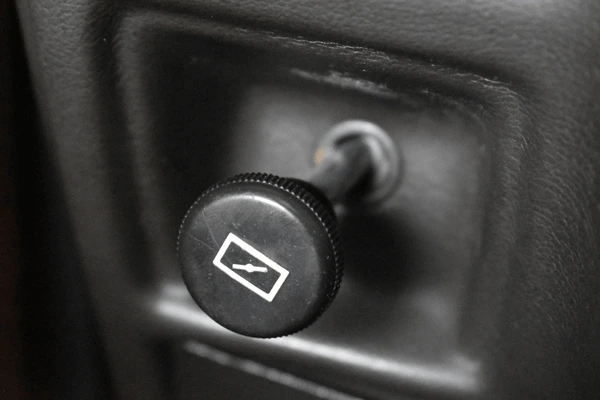
While the manual choke has disappeared from modern automobiles, it still finds use in certain small engines and specialized equipment.
1. Small-Capacity Engines
Manual chokes are still common in small-capacity engines, such as motorcycles, mopeds, and scooters. These vehicles often have simpler carbureted engines where the choke still plays a vital role in cold starts.
2. Lawn Equipment and Power Tools
Many lawnmowers, chainsaws, and portable generators continue to use manual chokes. These engines are generally air-cooled and lack sophisticated electronic controls, making manual chokes an effective and cost-efficient solution for managing the air-fuel mixture.
3. Classic Cars and Enthusiast Vehicles
Classic cars that still use carburetors maintain their original choke systems. For many car enthusiasts, the manual choke adds to the nostalgic driving experience, offering a hands-on approach to operating the engine.
What Replaced the Choke System in Modern Vehicles?
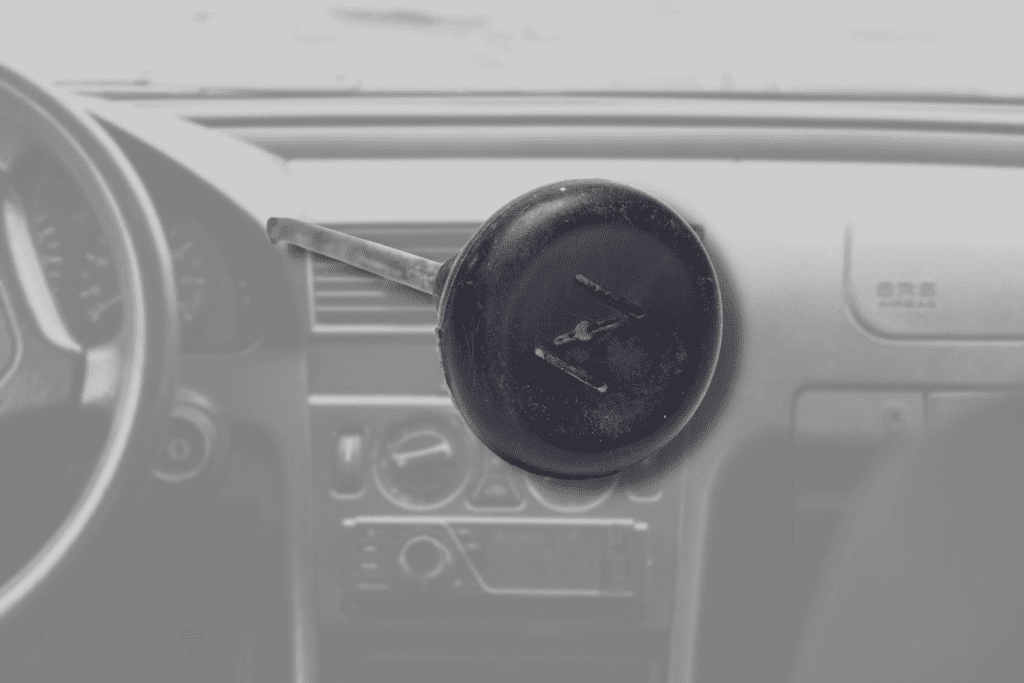
The elimination of the choke system didn’t just result in its disappearance—it led to the introduction of several advanced technologies designed to optimize engine performance and efficiency.
1. Throttle Body Injection (TBI)
Before EFI systems became widespread, throttle body injection (TBI) served as a transition technology. TBI systems inject fuel directly into the throttle body, providing better fuel atomization and distribution than carburetors. This semi-automatic system made the manual choke redundant.
2. Multi-Point Fuel Injection (MPFI)
Multi-point fuel injection (MPFI) systems deliver fuel directly to each cylinder, ensuring precise fuel delivery and optimal combustion. MPFI systems further improved fuel efficiency, emissions, and performance, completely replacing carburetors and their associated choke systems.
3. Direct Fuel Injection (DFI)
Direct fuel injection (DFI) is the most advanced form of fuel delivery in modern engines. It injects fuel directly into the combustion chamber, offering maximum control over the fuel-air mixture. This technology eliminates any need for manual or electronic chokes, as the system can handle all engine conditions seamlessly.
Conclusion: A Relic of the Past
The choke system, once a critical component of starting older cars, has become a relic of automotive history. Its elimination was driven by technological advancements that prioritized convenience, efficiency, and emissions reduction. While you might still encounter a choke on small engines or classic cars, it’s clear that modern vehicles have moved beyond this system. With innovations like electronic fuel injection and direct fuel injection leading the way, the choke system has quietly retired, making way for smarter, more efficient engines that define today’s driving experience.
